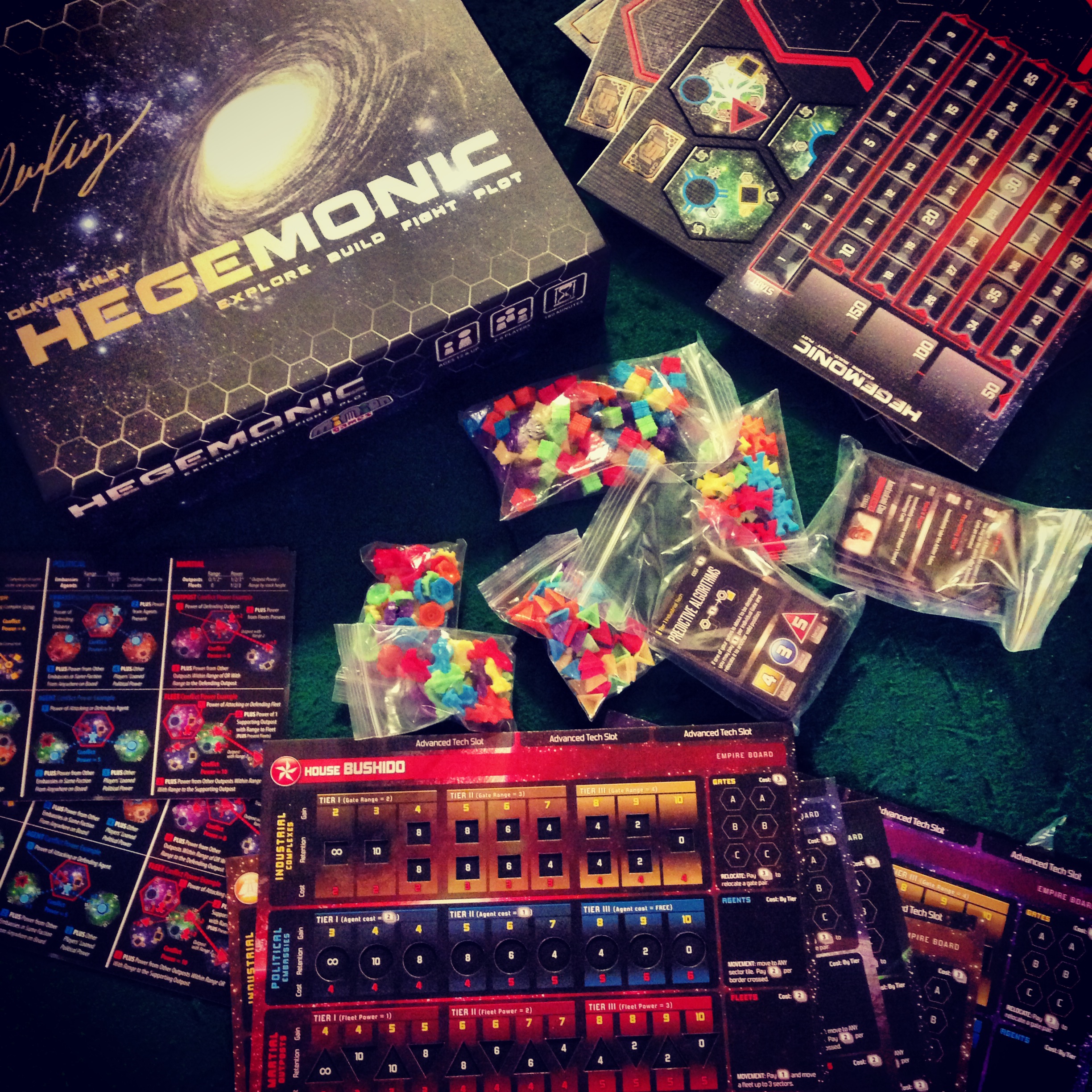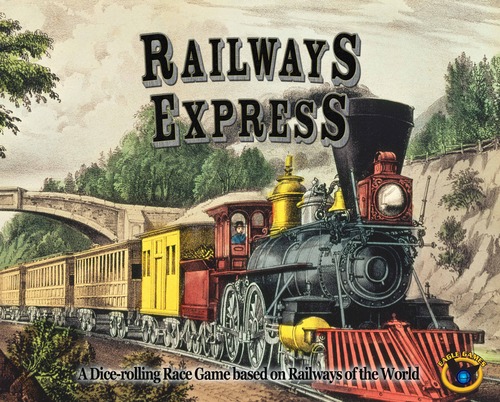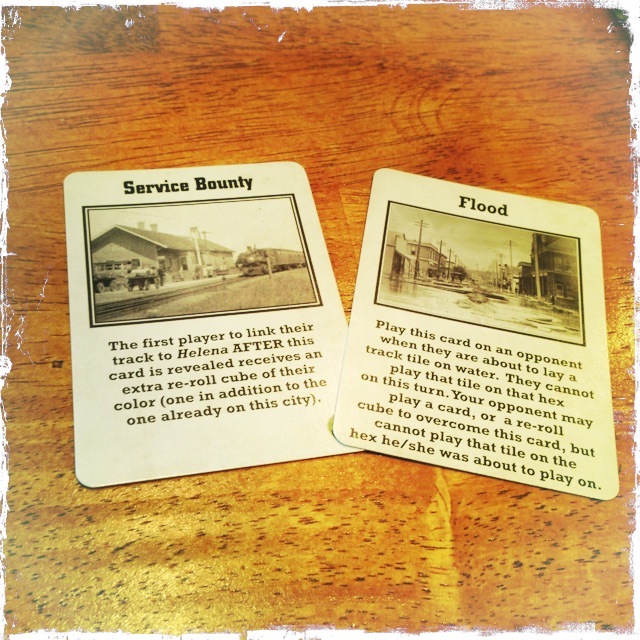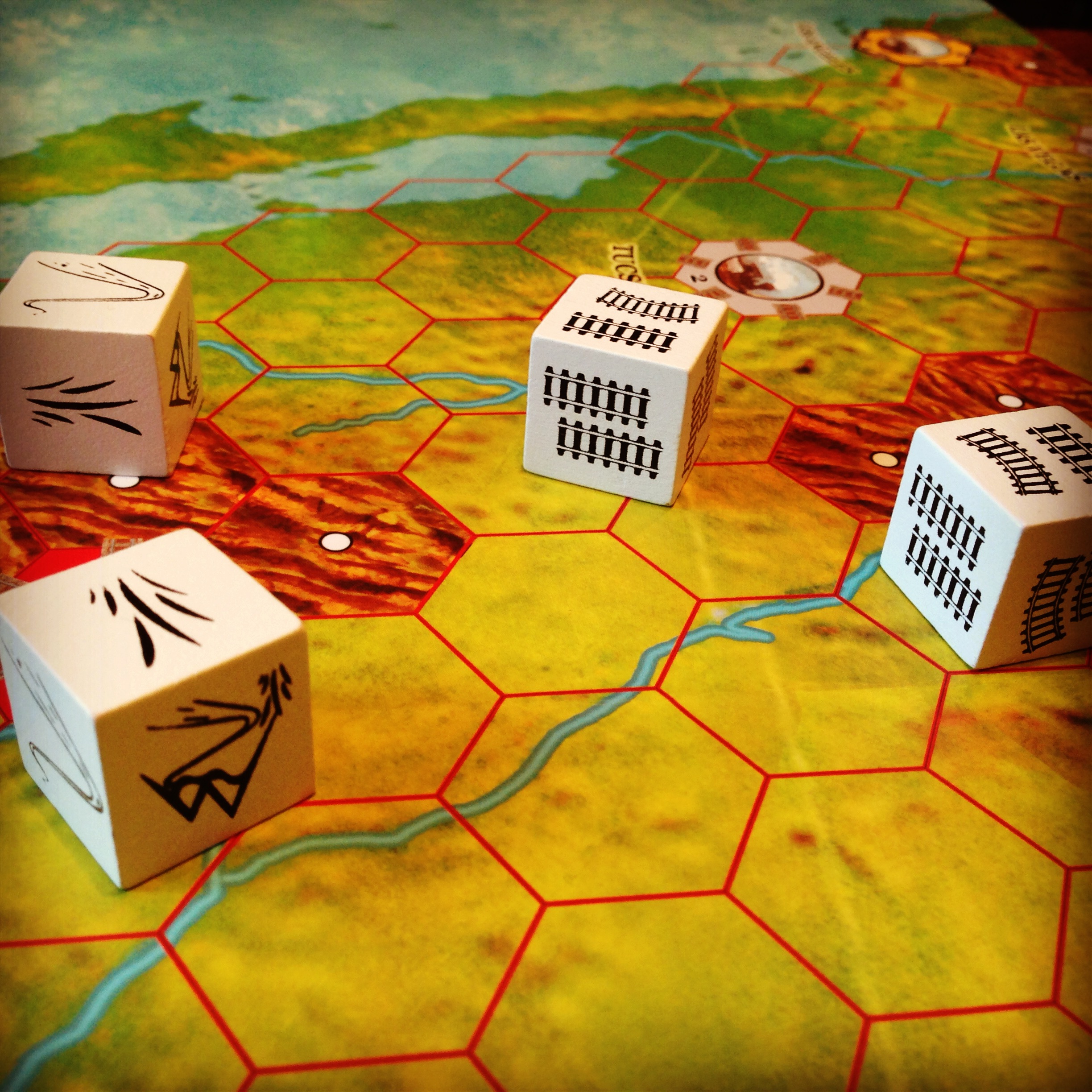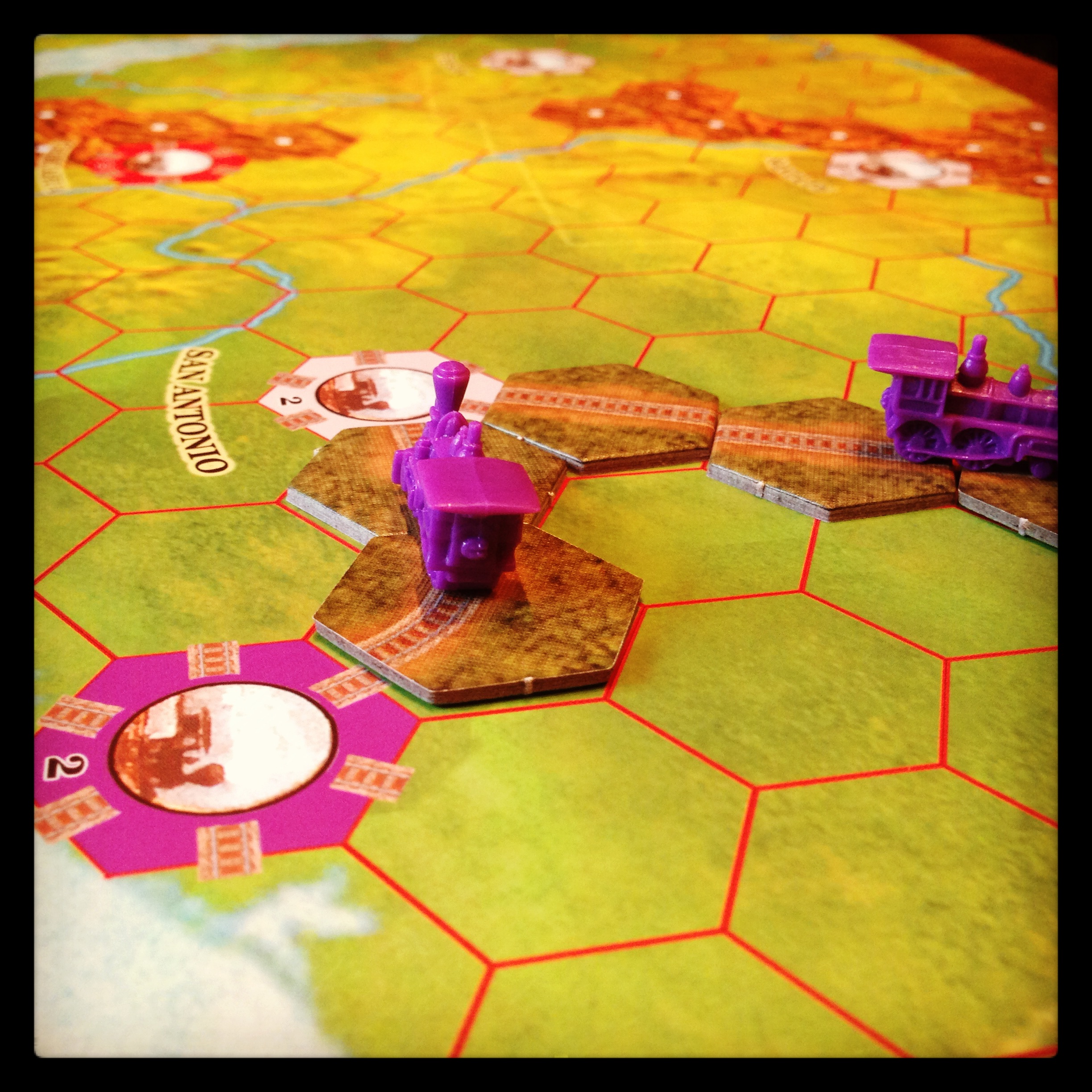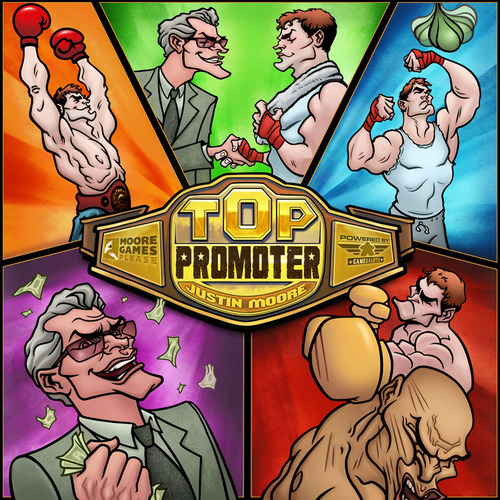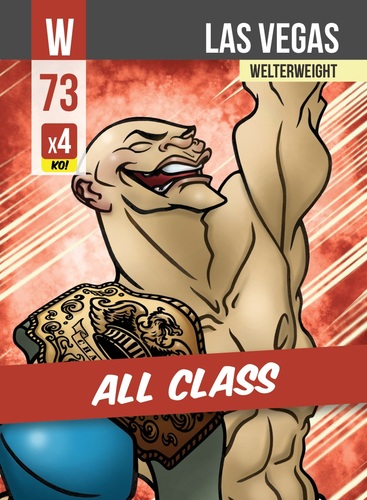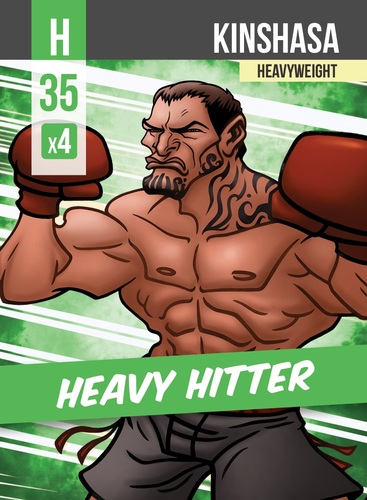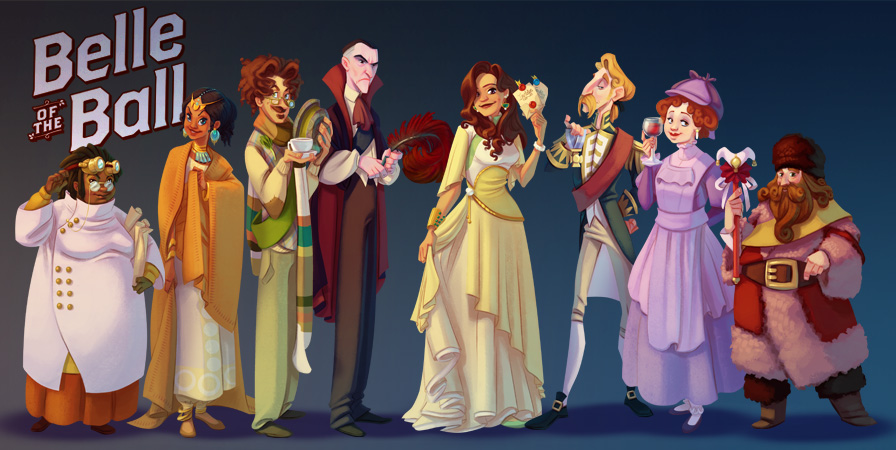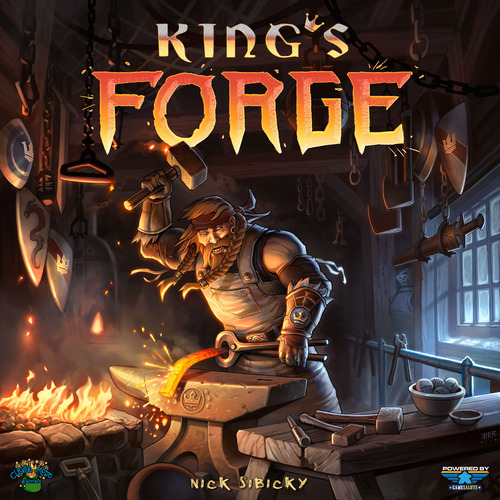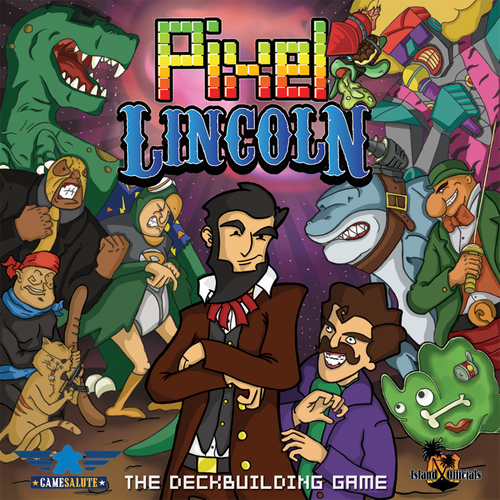 "Four score and seven years ago, I kicked some serious butt with a sausage link whip...." ~Abraham Lincoln
Deck-builders and retro 8-bit graphics—two big gaming trends that have been smooshed together in Pixel Lincoln. What did we think of it? Keep reading and find out!
"Four score and seven years ago, I kicked some serious butt with a sausage link whip...." ~Abraham Lincoln
Deck-builders and retro 8-bit graphics—two big gaming trends that have been smooshed together in Pixel Lincoln. What did we think of it? Keep reading and find out!
The Basics
Pixel Lincoln is a side-scrolling deck-building game designed by Jason Tagmire. It's for 1-4 players, and takes between 30 and 60 minutes to play, depending on the number of players. The goal is to score the most VPs.

4 player tableaus
4 wooden Lincoln meeples
Cards—including Characters, Enemies, Items, and Player cards.
Double-sided player board
A HUGE sturdy box
The Setup
As with most deck-builders, you start with a starting deck of cards—5 Beardarangs, which give you one Power, 5 Jumps, which also give you one Coin. You set the board out to whichever side you'd like (there's no functional difference; it's just different scenes depicted on each side). You also have one Player card and two Life cards that you place on your tableau.
Then you create the two Level Decks. You combine three Enemies, three Items, three Characters, and a Special Item. You shuffle that all up, divide the deck into three small decks, shuffle three Checkpoint cards into each of them, and then stack the three decks on top of each other.
Finally, you set a facedown Mini Boss and Boss card off to the side for each of the two decks.
The Gameplay
On a player's first turn, he or she chooses a Level to engage. So you take your Lincolneeple and put him in front of one of the Levels and start to make your way through it—just like an old-school side-scroller. There's no restriction on how many people can be in one Level—though there are certainly strategic reasons to pick one over the other.
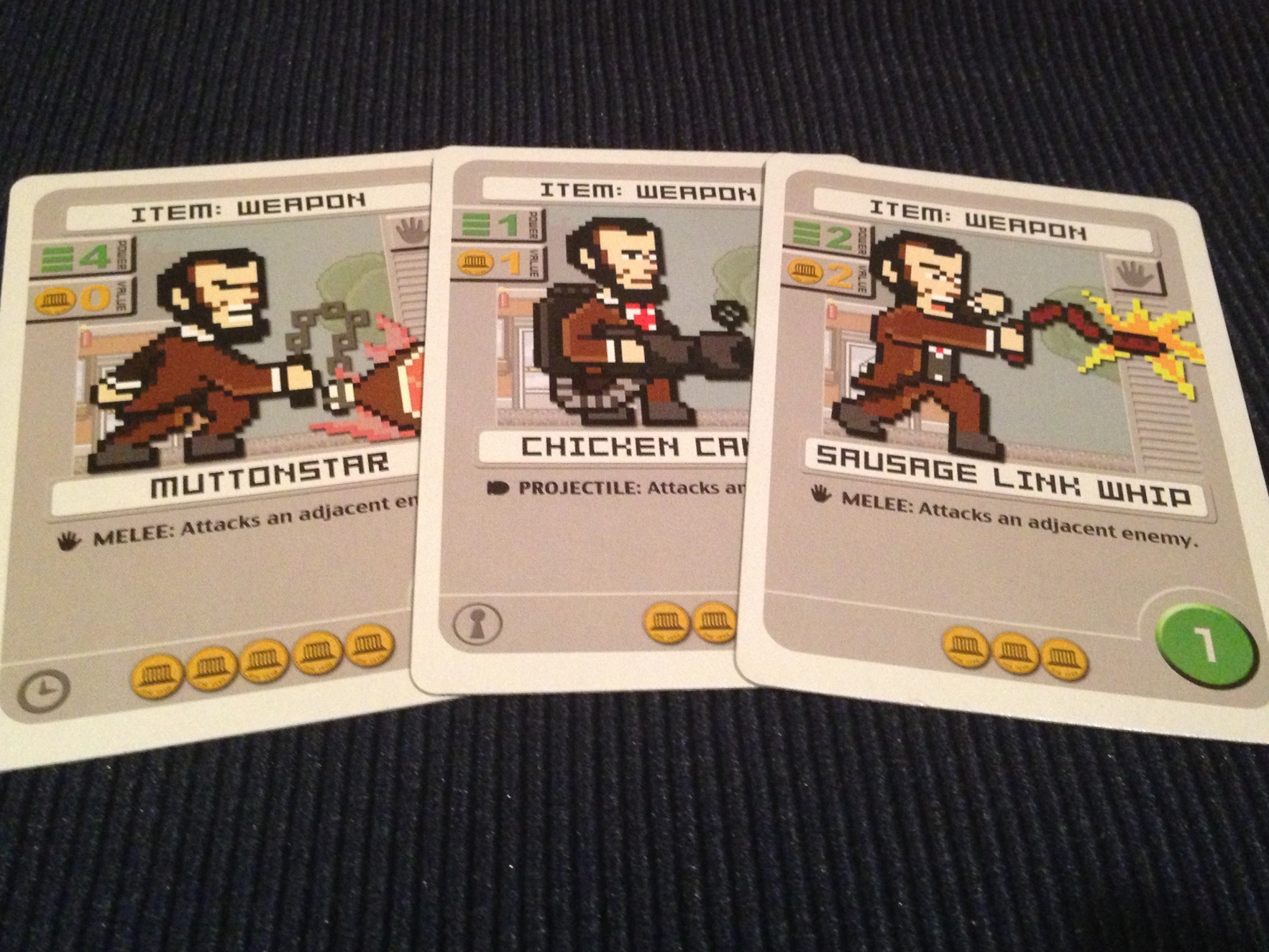 You have five of your initial 10 cards in your hand. Beardarangs (and later weapons you purchase) let you fight the Enemies. If you meet or beat their toughness, you defeat them and you place the card in your scoring pile on the tableau. Unlike many deck-builders, cards you defeat don't go into your hand to clog it up.
You have five of your initial 10 cards in your hand. Beardarangs (and later weapons you purchase) let you fight the Enemies. If you meet or beat their toughness, you defeat them and you place the card in your scoring pile on the tableau. Unlike many deck-builders, cards you defeat don't go into your hand to clog it up.
Jump cards let you Jump one card in front of you—maybe you can't fight an Enemy, or don't want an Item, so you just pass it. You can also use the Coin on the card to buy the Item in front of you. If you do, it's added to your discard pile, like a normal deck-builder. If you start your turn in front of an Enemy, it 'ambushes" you, so you have to deal with it in some way—either defeating it or Jumping over it.
 If you can't defeat or jump over an enemy when it ambushes you, it hits you, and you remove one Life card. You start with two of them, and your Player card is your third one. If you lose all of your lives, you're eliminated, and wait until the game is over, or everyone else dies, to add up VPs. Life cards are worth 5 VPs at the end of the game, so you want to stay healthy!
If you can't defeat or jump over an enemy when it ambushes you, it hits you, and you remove one Life card. You start with two of them, and your Player card is your third one. If you lose all of your lives, you're eliminated, and wait until the game is over, or everyone else dies, to add up VPs. Life cards are worth 5 VPs at the end of the game, so you want to stay healthy!
Most cards in the game have a small symbol in the bottom corner—an X or a Key or a Clock and so on. Character cards task you with collecting certain symbols by the end of the game, and if you do, you'll get VPs. The Character cards also cost you to buy, but they go to your score rather than your discard pile. Speaking of those symbols, if you discard a card with a symbol on it during your turn, you get to either score a card from your hand, look at and rearrange the top cards of the Level Deck, exit the current level and enter the other, or cancel the effect of an Enemy or Item card—either on your turn or on an opponent's turn to keep them from doing something cool.
If your Lincolneeple gets through the current "screen" and makes it to the Level Deck, everything behind him is wiped away, he moves back to the front of the Level, and you draw five new cards—so it's like a side-scroller, in that anything you pass is gone and you can't go back and get it again.
There are three Checkpoint cards in each Level Deck. The first time someone hits the Checkpoint everyone in that level gets to do one special action: either exit the level, draw a card, or put a card from your hand into your scoring pile (basically culling a card). The person who actually reaches the Checkpoint gets to do one of those things twice.
The second time you reach a Checkpoint, you still get to do one of those things, but now you place the Mini Boss card where the Checkpoint card was. Mini Bosses are just that: stronger than regular Enemies, but not as strong as Bosses. They're worth VPs, depending on which Mini Boss it is. They can't be jumped over or bypassed—you have to defeat them to continue in the level. When you reach the third Checkpoint card, you get the bonus, and then replace it with the Boss card. It's tougher, and worth more VPs.
Once both Bosses from both Levels have been defeated, the game is over, and you count up VPs.
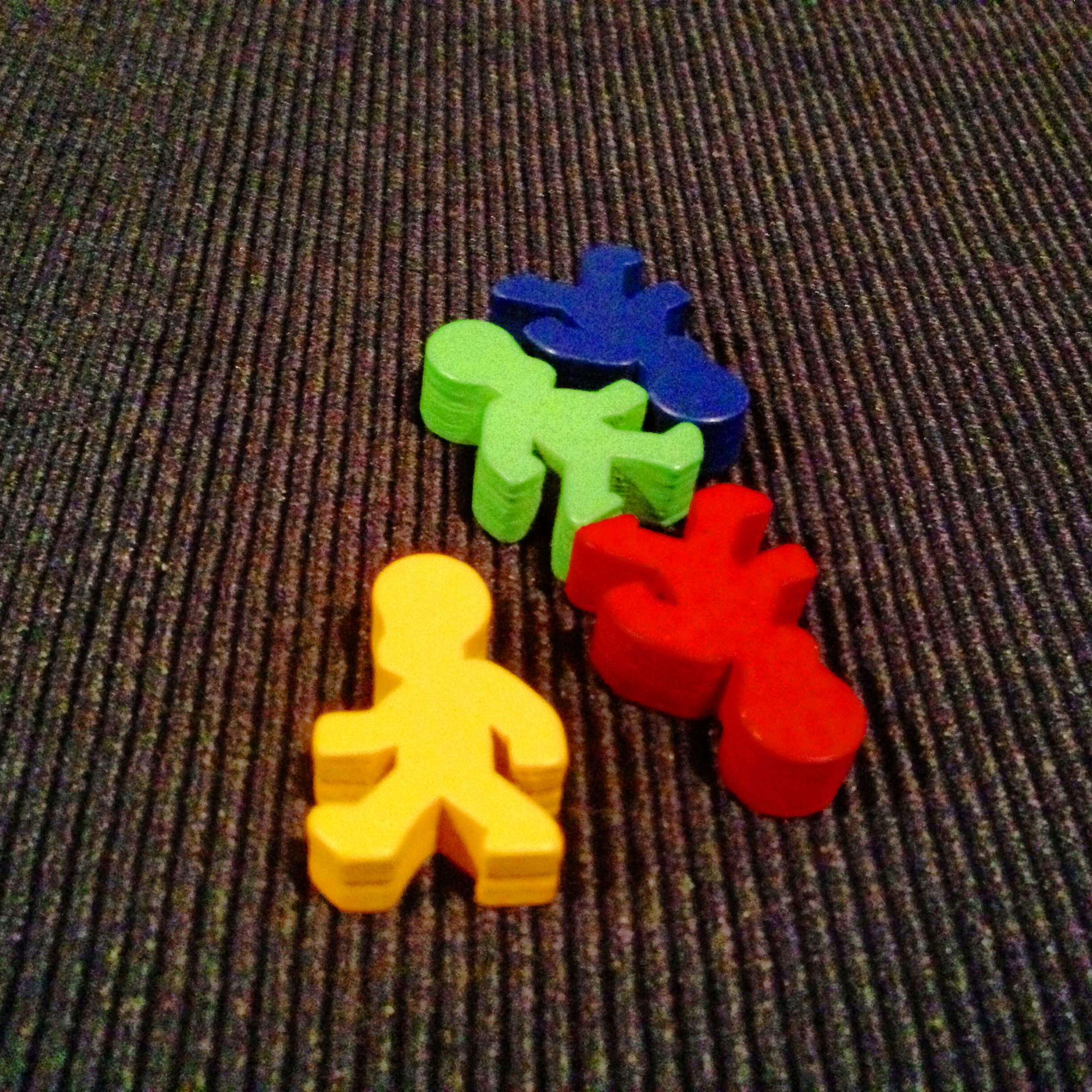 The Verdict
The Verdict
Firestone—First of all, I really love the artwork in the game. I vividly remember the Christmas I got my NES—I spent the WHOLE day playing Super Mario Brothers. It was the start something big and influential in my life. The artwork definitely takes me back to that, and is fun.
Jeremiah— Yep! The artwork is amazing; I remember when I saved up a bunch of money and my parents drove me to Gold Circle and I bought an NES, which came with Super Mario Bros. and I bought a copy of Kung Fu. So legit...
Firestone—The theme is fun, and way more interesting than Dominion. Zzzzz... So getting my kids, or teenagers, or whomever to play this will be easier. Probably. Because let's face it: My kids don't care about retro, 8-bit graphics. In fact, to their eyes, they look junky and old. But still, the theme is is unique
Jeremiah— The theme is what drew me into the game. It's wacky and out there, but lots of fun. Dominion is a great game, but you'll never find a mutton-star in your Dominion deck, nor will you have to face down a Puking Turtle.
Firestone—The components are hit-and-miss for me. If there's one iconic aspect of Abraham Lincoln, it's his stovepipe hat. Unfortunately, the Lincolneeples look like they're wearing Afros, rather than stovepipe hats. The cards are fine, but kind of thin. The tableaus are nice, thick cardboard, with a good finish on them—though I did find it weird that there's no place for your deck or discards. I really like the Level Deck boxes that come with the game. Setup is time-consuming (as with most deck-builders), but you can create the Level Deck ahead of time and put them into these nifty boxes, which look like old school NES boxes.
Jeremiah— I think the one component that fell shortest to me, is the meeples, Lincoln meeples would have been awesome; these are just weird looking meeples. I agree that the player boards are laid out oddly, but for the most part I'm good with all the components. In fact, the level board is great, a friend of mine always says that card games need boards—well, in this game, you've got them!
Editor's Note: Jason emailed us to let us know that the reason he doesn't have a hat is that Booth stole it, which started this whole affair! So we just missed that, and are dorks. Sorry, Jason!
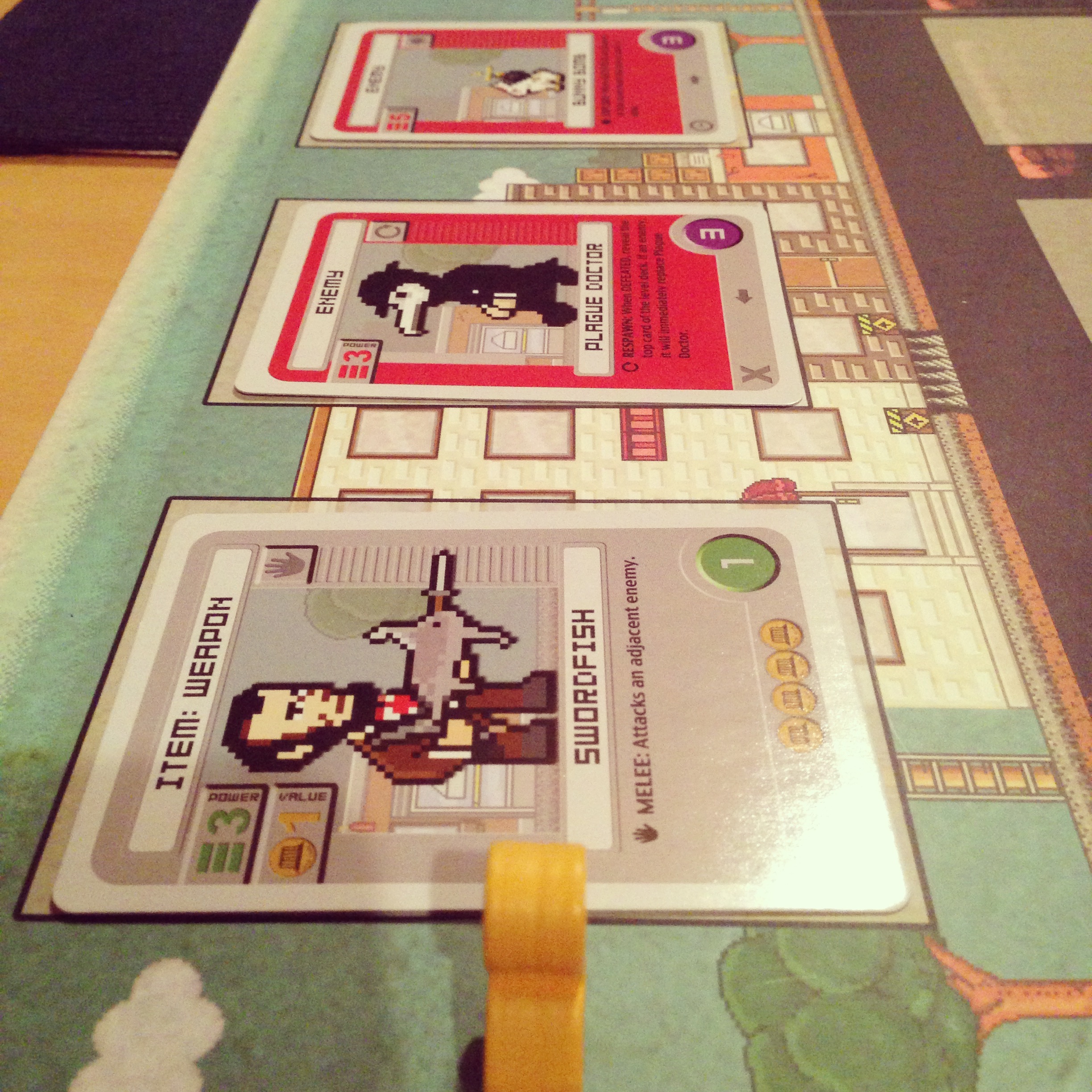 Firestone—The weird thing to me is that when I play a game that calls itself a deck-builder, I expect to...build my deck. You're kinda doing that here, but there's nothing to clog up your deck, so defeating enemies is a no-brainer. And there are few opportunities to cull you deck. You can do it three times if you are in the Level when someone hits the Checkpoint, and if you choose that as your bonus, and if you have something you want to cull in your hand at that time. That's a lot of ifs. You can also discard the cards with the star "suit," but again, that's only if you've picked up that card during the game at some point, and if when you draw it again, you have one in your hand that you want to cull. So it's less a deck-builder and more a deck-adder. Kind of. At any rate, I still felt that I had super-clogged-up hands at the end.
Firestone—The weird thing to me is that when I play a game that calls itself a deck-builder, I expect to...build my deck. You're kinda doing that here, but there's nothing to clog up your deck, so defeating enemies is a no-brainer. And there are few opportunities to cull you deck. You can do it three times if you are in the Level when someone hits the Checkpoint, and if you choose that as your bonus, and if you have something you want to cull in your hand at that time. That's a lot of ifs. You can also discard the cards with the star "suit," but again, that's only if you've picked up that card during the game at some point, and if when you draw it again, you have one in your hand that you want to cull. So it's less a deck-builder and more a deck-adder. Kind of. At any rate, I still felt that I had super-clogged-up hands at the end.
Jeremiah— Yeah, it's more of an 8-bit adventure simulation game, and in my opinion it does that creatively and well; "deck builder" is sort of a misnomer with this one, but I don't mind it at all, because I think the game itself—which has deck building elements to it—is fun and a nice trip down memory lane. I've thought more about the not being able to cull cards as often aspect of it, and it makes a little more sense to me, seeing as how half of the cards in the level don't go into your deck, they get scored, if you could cull cards often you'd not have much of a deck left... Just an observation.
Firestone—This also seems to have a player-number problem. When I played with four, there's so little control that it's easy to find yourself in front of an enemy (or worse, a Mini Boss or Boss) at the start of your turn. Hope you can deal with it. One guy got seven turns during the game: four turns of doing something, two turns where he couldn't do anything—anything, and one turn of being able to do nothing but his hit by a Mini Boss he'd started his turn next to. On those four turns where he did something, he bought two one-coin-cost cards for his deck, and those were the only Item cards he ever had the opportunity to buy. That's a problem.
Jeremiah and I played a 2-player game, and there was much more control, and it just "felt" better.
Jeremiah— When we played with 4 players we didn't run into the issues you described, but I could see the game changing, especially in the later stages of it, as players are burning through cards in the level before your turn gets back. I'm guessing 2-3 might be the sweet spot to keep it balanced.
Firestone Final Thoughts—I'm really not happy about becoming the Grumpy Old Man of the blog, but this game just didn't do it for me—at all. It's thematic and has fun enemies and items, but it's mechanically mediocre. If I didn't already have the DC Comics Deckbuilding Game, I could see using Pixel Lincoln to introduce my kids (or nongamers) to deck-builders. But I do have it, and it's just better, so I'm going to use that. Maybe I'm taking it too seriously. And I'm sure there are groups out there who will LOVE the art and theme and humor, and this game is just perfect for them. But my group and I didn't like it, so for me, Keep This on the Shelf.
Jeremiah Final Thoughts—Yep, I disagree. If you go into this one expecting a deep deck-building experience, you will likely be let down. However that doesn't make the game any less fun; it's just a different type of fun. Let's have some real talk for a second. You're a pixelated version of our 16th president, who is going through levels of a game fighting absurd enemies, using -possibly- even more absurd weaponry to defeat "bosses." I'm pretty sure you might be taking this one too seriously if you take it seriously at all. This is a fun, light-hearted game that will amuse the younger crowd, and delight those old enough to appreciate the nostalgia. Grab your Chicken Cannon, strap on your Beardarang, and Put This on Your Table!
We'd like to thank Game Salute and Island Officials for providing review copies of Pixel Lincoln. This in no way affected our opinions of the game.
Thanks for joining us for the review! And check out the video review down below!!
[youtube http://www.youtube.com/watch?v=50rXovc3fWc]



